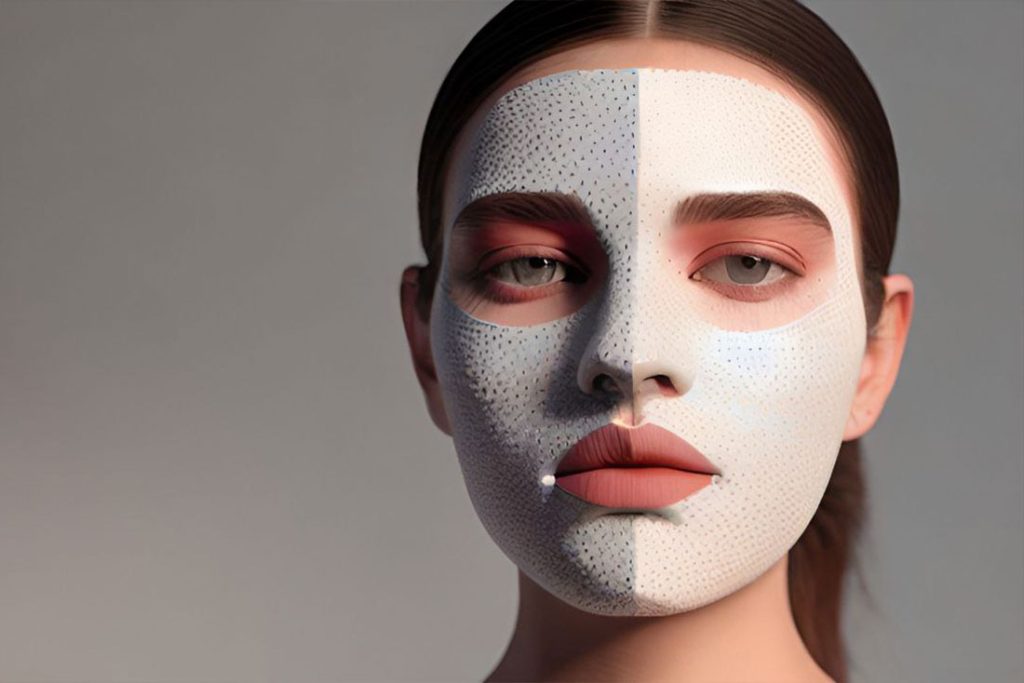Leukoderma in Cosmetology: An In-Depth Analysis
Leukoderma, a skin condition characterized by hypopigmentation or the development of white patches on the skin, is a topic of significance in the field of cosmetology. Cosmetologists, being professionals in the realm of beauty and skincare, often encounter clients dealing with various skin conditions, including leukoderma. This comprehensive guide explores leukoderma, its causes, manifestations, and implications for cosmetologists working with affected individuals.

Leukoderma
Understanding Leukoderma
Leukoderma, also known as vitiligo or albinism in specific cases, involves a noticeable loss of pigment in the skin, resulting in the appearance of irregular white or light-colored patches. It occurs due to the destruction or dysfunction of melanocytes, the cells responsible for producing melanin, the pigment that gives skin its color.
Leukoderma can be caused by a variety of factors. Certain forms of leukoderma are congenital, meaning they are present at birth. Other cases may develop as a result of inflammatory conditions, burns, scars, or other forms of skin trauma that disrupt the function of the melanocytes. Conditions like vitiligo and albinism, which are associated with a lack of melanin, fall under the broader category of leukoderma.
The Cosmetologist’s Approach to Leukoderma
In the sphere of cosmetology, professionals need to be well-versed in managing a broad spectrum of skin conditions, including leukoderma. Here’s a look at how cosmetologists can assist individuals with this condition:
Skin Care Recommendations
Cosmetologists should be able to recommend appropriate skincare products and routines that will not irritate the skin or exacerbate the condition. They should also suggest the use of sun protection, as areas of skin affected by leukoderma may be more sensitive to sunlight.
Makeup Application
People with leukoderma may seek advice on makeup to help even out skin tone or cover white patches. As a cosmetologist, it’s essential to understand how to work with a variety of skin tones and conditions, recommending products that are suitable for the individual’s skin type and condition.
Education and Referrals
Cosmetologists have a role to play in educating clients about their skin conditions. They can explain the nature of leukoderma, the importance of sun protection, and why certain skincare routines or products may be beneficial. If a client’s leukoderma is associated with another health condition that requires medical attention, cosmetologists should encourage them to consult with a dermatologist or other healthcare professional.
Conclusion
The role of the cosmetologist in managing and advising clients with leukoderma is crucial. Although they cannot cure the condition, their input can significantly assist in managing it effectively and improving the client’s confidence and quality of life. Cosmetologists should remain sensitive to their clients’ needs, provide appropriate skincare advice, and ensure they have the necessary knowledge to understand and care for their unique skin condition. Ultimately, a professional and compassionate approach can make a significant difference in the lives of individuals living with leukoderma.






